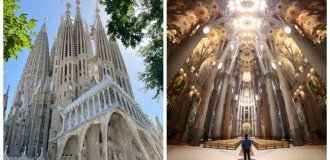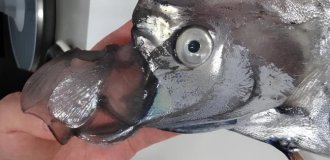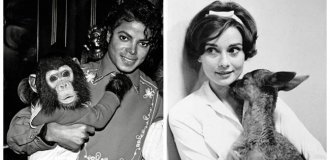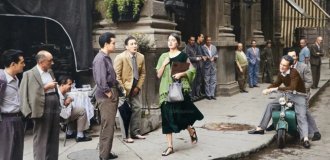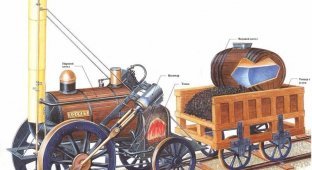Drivers often say that their trainees have a soul and each has its own character: someone hisses, someone sniffs, someone angrily exhales steam. 
But if we ignore the romanticized image, then this is just an ordinary mechanism. Complex, but still man-made.
In the "Museum of Railways" you can find one very interesting exhibit - a steam locomotive of the Er series in a section so that you can see the entire internal component. 
The steam locomotive uses the energy of superheated steam to move. pushes a series of pistons, and those, with the help of connecting rods, force wheels to rotate. This is if very simple.
The steam locomotive consists of three main parts, the steam engine, the steam boiler and the undercarriage.
Steam boiler that occupies almost the entire front locomotive, serves to produce water vapor by burning fuel. Steam on a steam locomotive is the main working fluid, from which even beep.
The engine of a steam locomotive is a traction steam engine, which converts steam energy into reciprocating piston motion, which, with the help of a crank mechanism, is transformed into rotating moving wheels. 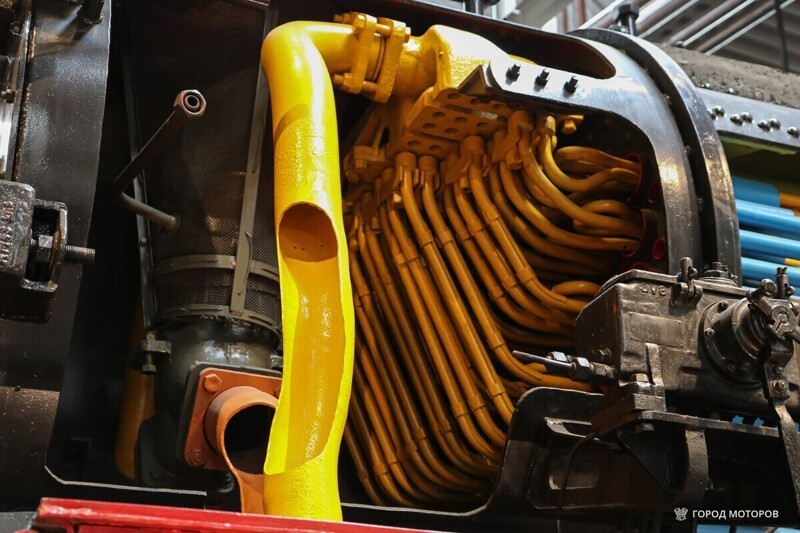
Next to the cab is a combustion chamber (furnace). She is consists of two steel boxes nested in each other: a casing (outer) and firebox (inner).
The firebox works in very difficult conditions: the temperature can reach 1600 ° C, and the vapor pressure is colossal. On more modern steam locomotives usually use radial fireboxes, which are easier to dock with cylindrical boiler, but earlier steam locomotives use a firebox Belpera with a flat ceiling. At the bottom of the furnace is a grate a grate that serves to maintain a layer of burning solid fuel. That is, about the same thing can be in the stove in your bath. 
In front of the boiler there is a huge number of smoke pipes.
Often, instead of them, in front of the boiler is located superheater, which is placed in pipes similar to smoke-burning ones, but larger diameter. Superheated steam enters the cylinders and moves there pistons that act on crank mechanisms, making the wheels turn. 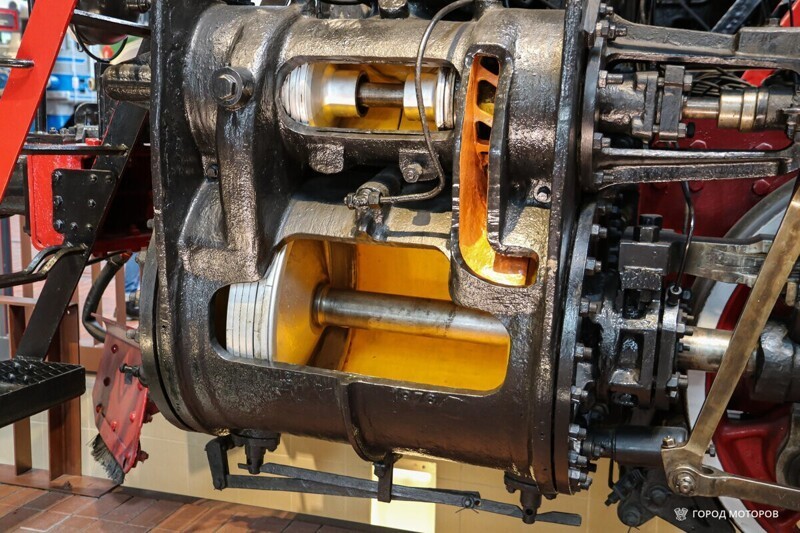
Most steam locomotives use conventional two-cylinder machines that have proven to be effective.
Part of the steam, cooling down, turns back into water and returns to steam boiler. The rest of the steam is expelled through the chimney to the outside. AT some steam locomotives still use hot steam for primary heating water in the boiler. 
And at the very top of the boiler is a dry steamer. He is responsible for separating steam from water droplets and scale particles.
It also allows you to "accumulate" steam and it turns out additional power, for example during long climbs. Crew part of the locomotive is a bit like an SUV chassis: there is a frame, on which install the boiler and cylinders, springs with balancers, wheel pairs with axle boxes and a trolley. 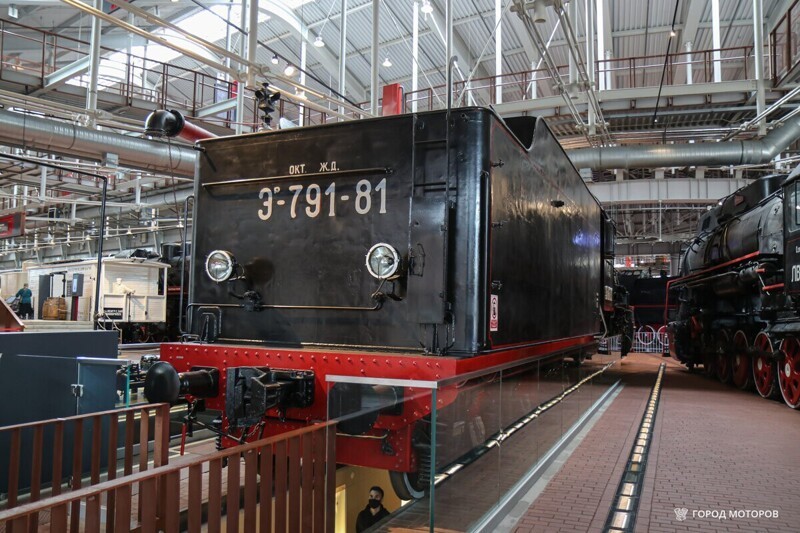
The supply of water and coal for the steam locomotive in the tender is a special wagon that is attached behind the locomotive.
There are, of course, locomotives without tenders. They are called tank locomotives and are usually used for shunting work. 
At the rear of the locomotive there was a booth where all the controls of the locomotive were concentrated.
The rear part of the firebox with a screw hole for loading fuel also went into it.
Add your comment
You might be interested in:



